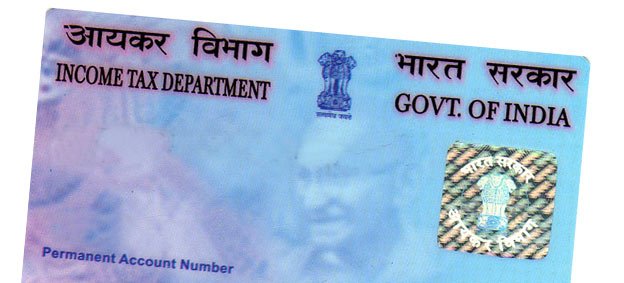GIF lovers of the world rejoice! As many of you are already aware, Twitter now allows animated GIFs to play within the timeline. But before you head to upload from your wonderful GIF collection, read this.
Because Twitter reprocesses your GIFs as MP4 videos, many of the characteristics of the GIF that you had painfully created might be lost and the desired effect might not be visible when seen on Twitter.
This technically means we can also use Twitter as a free GIF to MP4 video conversion service and that Twitter is hoodwinking us users in believing that those are GIFs, while they are in fact videos (Twitter does this obviously to reduce the weight of the files as rendering GIF animations as videos can save a lot of bandwidth).
While this should be self-explanatory, these are the steps you need to follow to use Twitter to convert animated GIFs to MP4 videos. Upload the GIF as an image using Twitter and from the tweet posted right click on the animation and click on the ‘Save video as’ option from the contextual menu.
A few things that I noted while posting a test test GIFs to Twitter:
1. The first frame and the last frames in the GIF animation do not always consistently replay within the animation. This means that if the first frame or the last frame in your GIF animation is of crucial importance in the entire experience, you may need to repeat that twice for twitter users to get the full show.
2. Twitter will also overrule any time lags that you might have set between two frames and will loop all of them at an equal interval. This would also lead to additional work as you would need to replicate frames multiple times to get the desired time delay effect.
The example below illustrates the Twitter GIF caveats better.
This is the original GIF. There are 5 frames (named 1, 2, 3, 4 and 5) and the time interval between them increases from 1 second between frames 1 and 2 to 5 seconds between frames 5 and 1.

And this is what Twitter does to the GIF by converting it to MP4. Note the inconsistency in the appearance of the first and the last frames because of browser video playback issues and also that the time intervals between the frames are now uniform.





